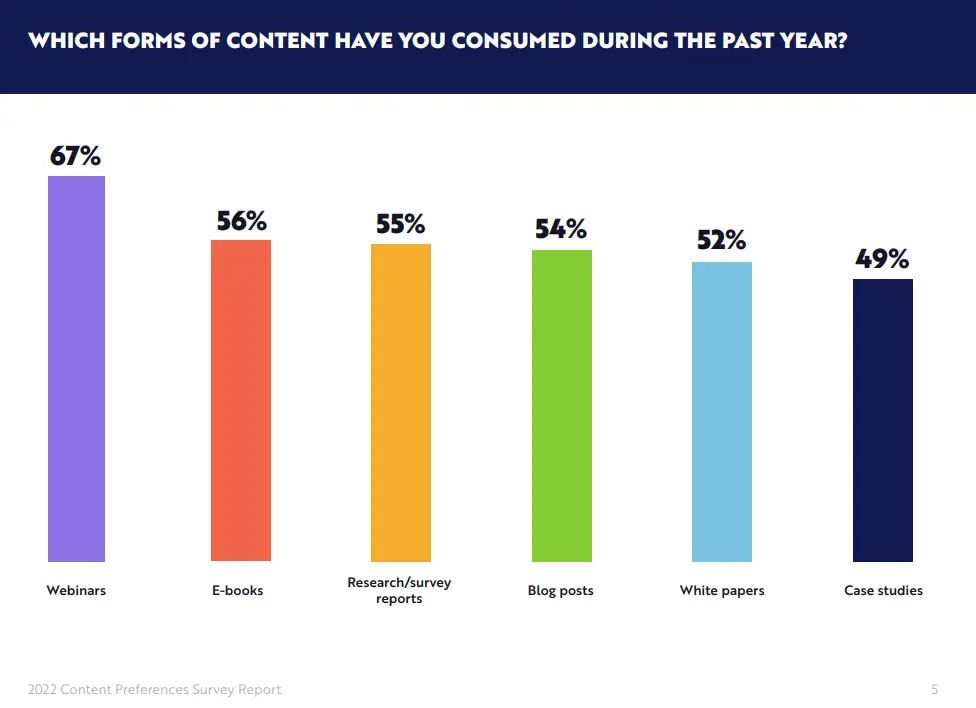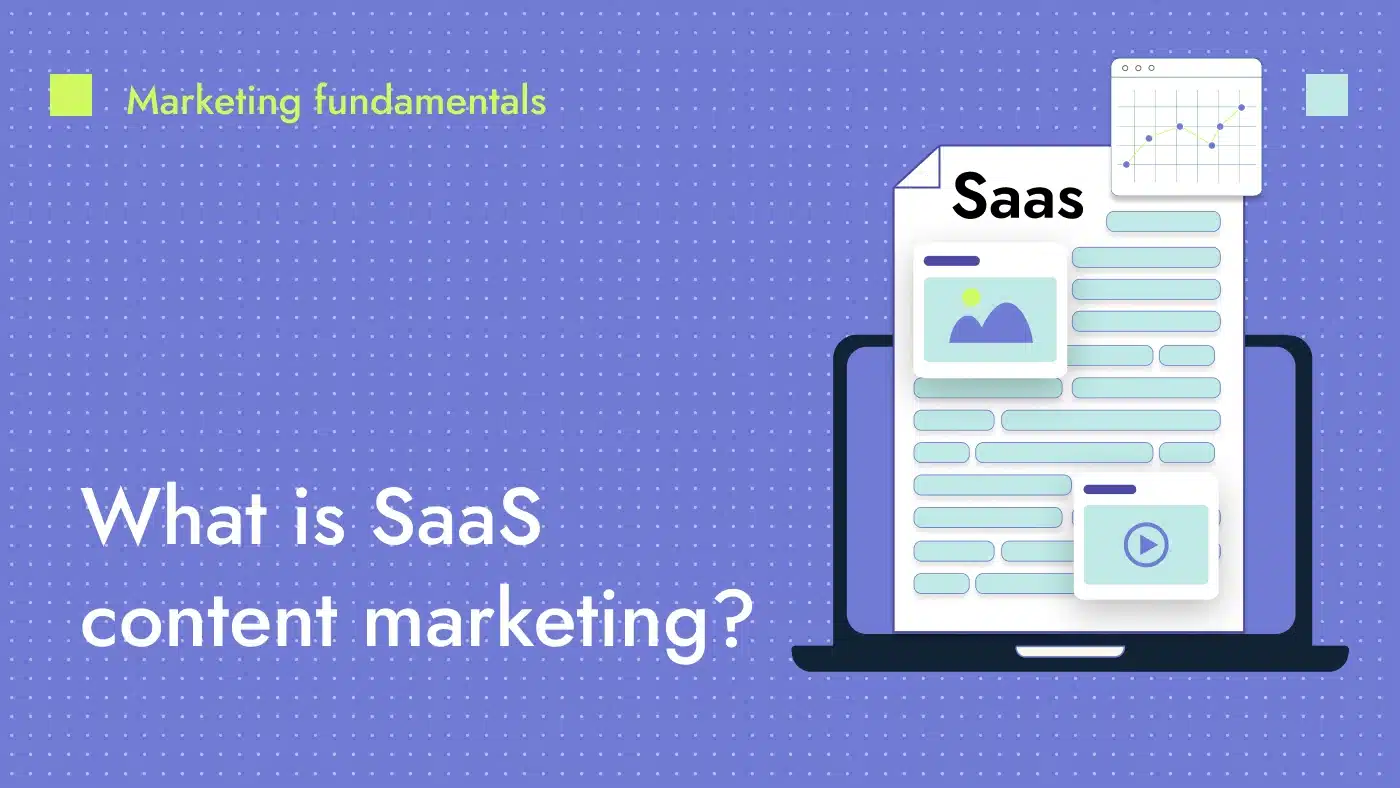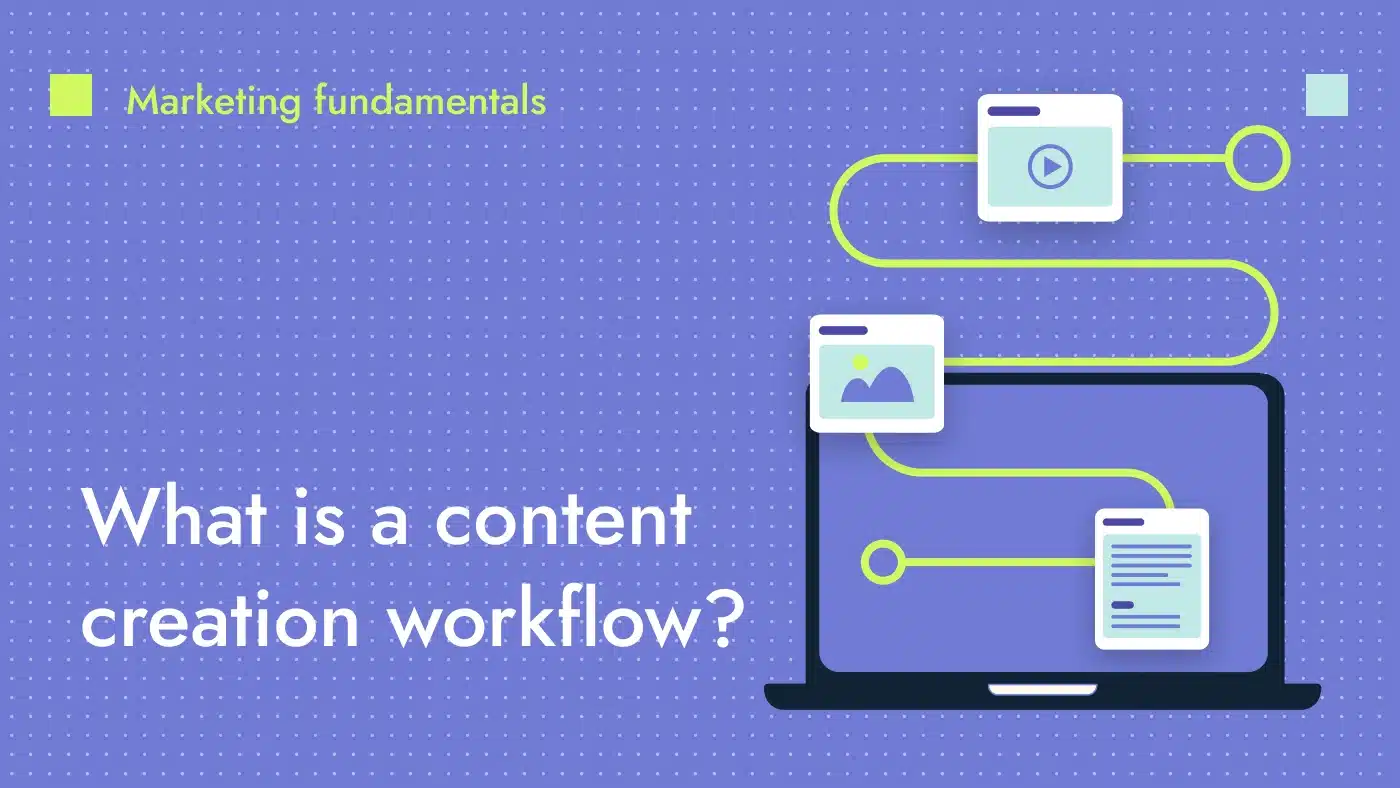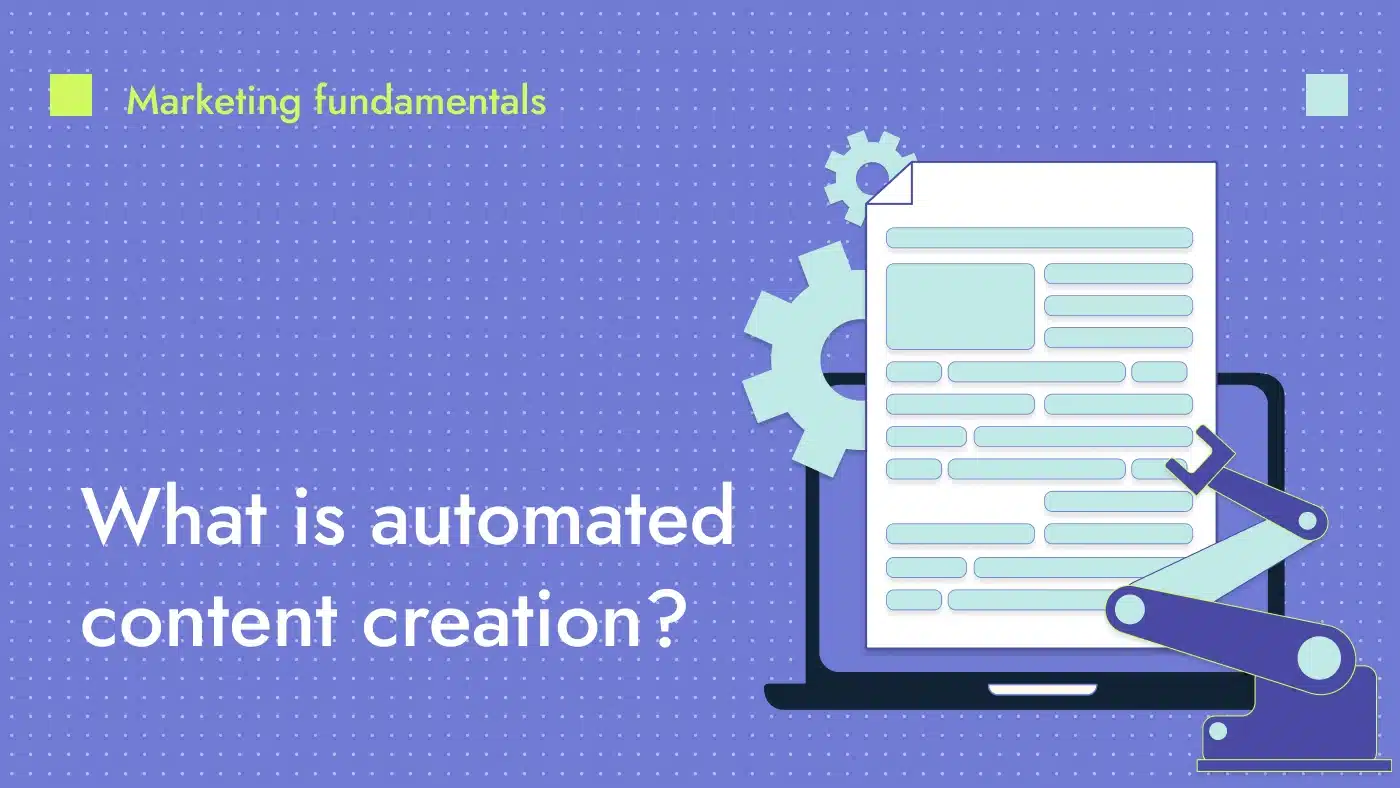In the age of fleeting TikTok videos and 280-character tweets, you might wonder if people still read blogs. When the rules of engagement are constantly evolving, understanding how your audience consumes content can mean the difference between an engaged community and an echo chamber.
But here’s something interesting to think about — recent data from Semrush reveals that the average monthly searches for “how to start a blog” is around 18.1K. Break that down, and it means that daily, on average, around 600 people in the United States are considering starting a blog.
The answer to our original question seems obvious then: blogging is far from extinct in 2023. Instead, it’s thriving and continues to be a potent tool in the digital space.
Buckle up as we delve into why blogs still exist and what they mean for B2B marketing.
What is a blog?
A blog, in its simplest form, is an online journal or informational web page featuring posts in reverse chronological order. It’s a platform where writers or groups of writers share their views, knowledge or experiences on a regular basis.
Similarly, a corporate blog is a dedicated section on a business’s website where they regularly publish content related to their industry, products or services, company updates and more. Especially in the business to business (B2B) context, blogs serve multiple strategic purposes — from educating prospects to building thought leadership.
A brief history of blogging
The year was 1994, and the internet was still a fledgling entity. A 19-year-old college student named Justin Hall created what’s widely considered the first blog — a simple, personal online diary. Back then, these webpages were more like online journals, and the word “blog” hadn’t even been coined.
Here’s what the 1994 version of Justin Hall’s diary looked like:
Early 2000s and the rise of blogging platforms
Fast forward a few years to 1997, when the term “weblog” was born thanks to Jorn Barger. It was an amalgamation of the words “web” and “log,” perfectly encapsulating the essence of these journals. The term was soon after shortened to “blog,” and Merriam-Webster even named it their 2004 Word of the Year.
By the early 2000s, platforms like Blogger and WordPress had made it possible for non-techy folks to share their thoughts, feelings and ideas with the world. With these blogging tools, you didn’t have to be a whiz with HTML or CSS to start a successful blog. The barrier to entry was lowered, and a surge of online journals hit the web.
Blogging evolution: From online diaries to essential business tools
The 2000s also ushered in the era of corporate blogging, with businesses waking up to the potential of blogs as powerful marketing, communication and thought leadership tools. Companies realized that long-form content could help them connect with their customers on a more personal level, showcase their expertise and increase their digital footprint.
These days, blogging has grown into a full-fledged industry. From hobbyists to professional influencers, from small business websites to big corporate platforms, blogs have become an integral part of the digital ecosystem. They’ve transformed from personal online diaries to practical tools for sharing knowledge, influencing opinions and driving business growth. According to Web Tribunal, roughly 600 million blogs exist today, and their authors publish around 2.5 billion posts each year.
B2B marketing blog: Is it worth your investment?
In B2B digital marketing, you want to make every minute and every dollar count. So is building and maintaining a company blog worth your precious resources? Yes, and here’s why:
1. Thought leadership
Creating insightful, industry-specific content positions your business as a thought leader. By sharing your expertise, you’re not just selling a product or service; you’re providing valuable knowledge, establishing authority and increasing brand awareness.
More than that, thought leadership allows you to set the tone for market discussions and influence how consumers perceive your brand. It gives you the power to shape how your audience and the industry at large understand and address critical issues, trends and solutions.
💡 Many businesses, especially in the B2B sector, use ghost writers to produce high-quality blog content. Ghost writers can adapt to your brand’s voice and style, ensuring consistency while freeing up your time to focus on what you do best — running your business.
2. SEO magic
Search engines love fresh content, and each post is a new page to index. You can then strategically use keywords, meta tags and links to boost your search engine optimization (SEO) performance. Quality content also helps improve your rankings in search results. By regularly posting insightful articles, you’re signaling to search engines that your site is a consistent source of helpful information, which can lead to higher site authority.
🔎 Level up your SEO game with regular content audits to keep your posts fresh and relevant.
3. Lead generation
Your blog isn’t just a source of information; it can also be a lead generation engine. Each post can be a pathway to conversion. Use calls to action (CTAs) to guide your readers toward making an inquiry, downloading a resource or even starting a free trial. According to Gartner, when businesses provide valuable content to B2B buyers, these buyers are 2.8 times more likely to experience purchase ease and three times more likely to purchase a bigger deal with less regret.
📈 Looking for ways to get more traffic to your blog? Read our guide.
4. Support for sales funnels
Long-form content can serve different stages of your sales funnel:
- Top of the funnel (awareness stage): Educational posts play a crucial role here. They aim to answer industry questions, highlight emerging trends and offer advice. This type of content attracts a broad audience and raises awareness of your brand, helping you pull in new visitors who may be experiencing a problem that your business can solve.
- Middle of the funnel (consideration stage): During this stage, your prospects are aware of their problem and are actively looking for answers. Here, you can provide in-depth content that delves into potential solutions, discusses your product or service in a broader context or offers data-driven insights. Think along the lines of “how-to” guides, case studies and whitepapers.
- Bottom of the funnel (decision stage): Your prospects are ready to decide but need a nudge to choose your offering over the competitors. At this stage, content like detailed product reviews, customer testimonials and competitor comparison posts (showing why your product/service is superior) can be highly influential.
👉 Check out our in-depth look at the sales funnel and how it relates to B2B content marketing.
5. Buyer enablement and trust building
Unlike social media posts or email marketing, articles let you dive deep into topics. You can address customer pain points, answer complex questions and provide detailed insights — all of which help build trust with your audience.
A 2022 DemandGen survey found that 62% of B2B buyers consume three to seven pieces of content before talking to a salesperson. And guess what? Over half of these buyers named blog posts as one of the forms of content they consumed that year.
From reading to listening: A journey into audio content
So while business blogging is still alive and kicking in 2023, we must admit that not everyone has the time to sit down and read a long article. Enter text to speech (TTS) tools. TTS technology can be an innovative way to ensure your content is accessible to those on the move, the visually impaired or those who simply prefer auditory learning.
But incorporating audio content on your website isn’t just a nod to inclusivity; it’s also an effective way to expand your online reach and appeal to a broader audience.
If you’re looking to delve into the world of text to speech for your web content, check out our TTS app for effortless add audio to your blogs.








